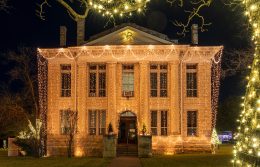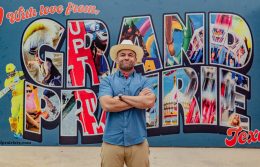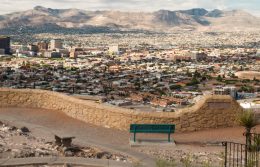Exploring the NASA Space Center in Houston
It’s one of those Texas bucket-list destinations, like paying respects to The Alamo, taking a hike up Enchanted Rock, or two-stepping on the floorboards of Billy Bob’s Texas.
The NASA Space Center in Houston is ground zero for the United States’ cosmic explorations — and the place where we learned that Houston is a city that wants to hear about all our problems.
As the center of the nation’s space exploration efforts, it is a living museum. As a result, not only can you get up close to some incredible artifacts from the history of space travel — from spacecraft to a moon rock you can touch — but you can also take a behind-the-scenes tour of the NASA center or watch real astronauts train for their upcoming missions.
Here are some must-see attractions at the NASA Space Center for budding astronauts and enthusiasts.
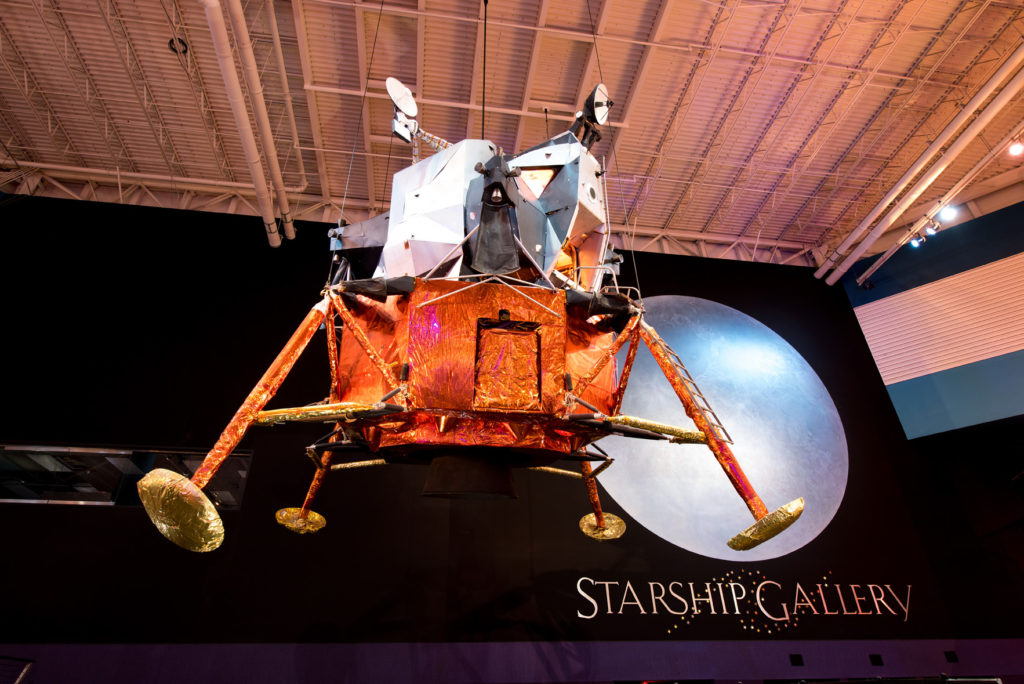
Photo courtesy of Space Center Houston.
Starship Gallery
Ever imagine what it felt like to be crammed into an Apollo space capsule heading toward the surface of the moon? What kinds of machines were used to train the first astronauts for space? In the Starship Gallery, you can see some of the most memorable artifacts preserved from the earliest space exploration.
These include iconic artifacts like a full-scale replica of Explorer 1, the first satellite the U.S. launched into orbit; the Mercury 9 “Faith 7” capsule; the Lunar Module LTA-8, which was used to practice for the first landing on the moon; and the podium where President John F. Kennedy explained his desire to send the first humans to the moon.
Some more arcane objects displayed are equally fascinating — for example, the test ejection seats that were developed for the space shuttle but eventually scrapped. There’s also a docking module trainer that was developed for a historic mission in July 1975, when American and Russian astronauts joined their spacecraft together in orbit, setting the stage for an interstellar handshake that officially ended the space race.
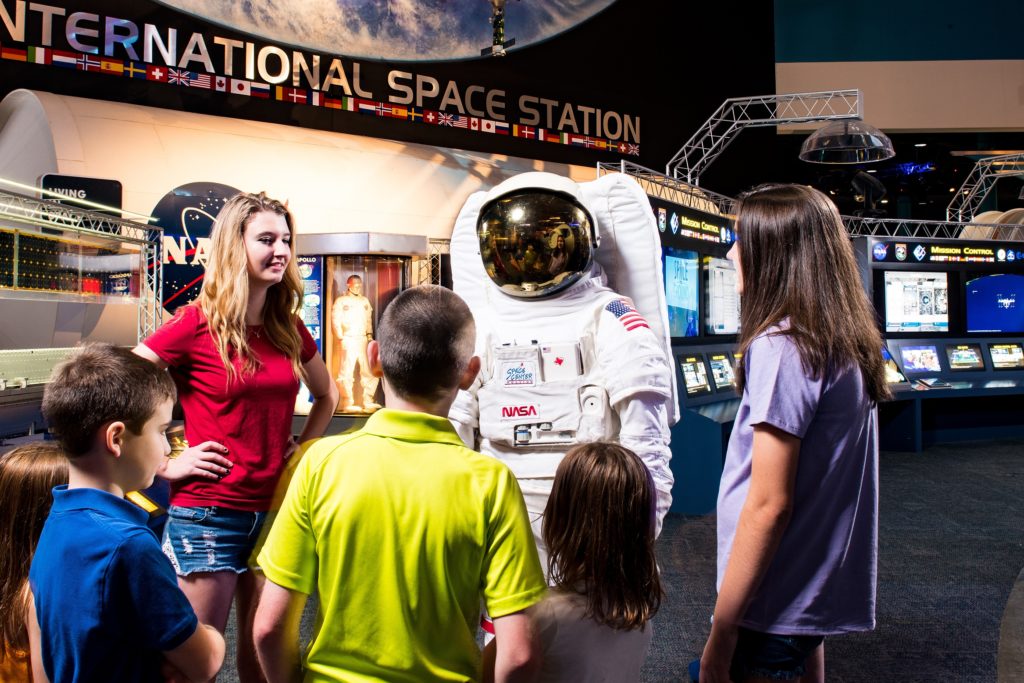
Photo courtesy of Space Center Houston
Astronaut Gallery
Space flight must be planned in exacting detail, taking into account possibilities known and unknown.
For example, during the Apollo trip to the moon, no one knew if there were microorganisms there that might contaminate the earth. As a precaution, astronauts Neil Armstrong, Buzz Aldrin, and Michael Collins were issued special isolation garments to wear after they returned and before scientists and doctors could examine them.
Today such garments, as well as spacesuits used throughout five decades of space travel, are on view in the Astronaut Gallery.
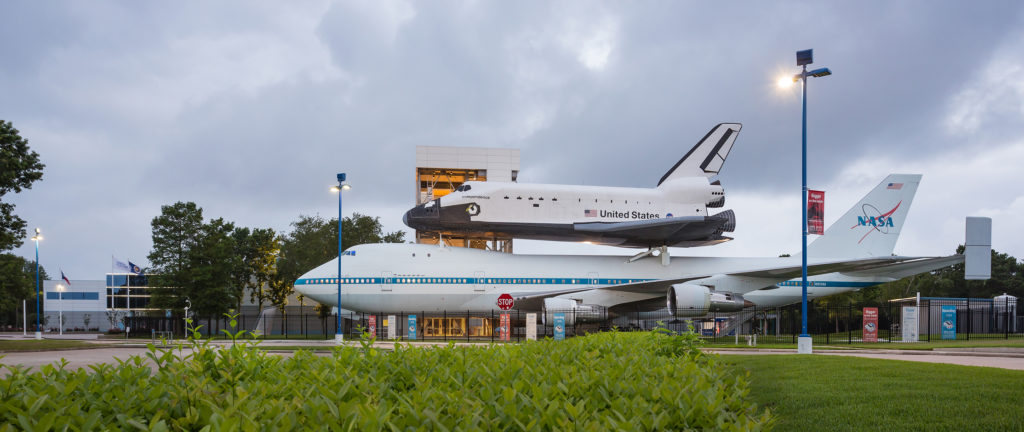
Photo courtesy of Space Center Houston
Independence Plaza
Between 1981 and 2011, space shuttles defined what it meant to travel into space, participating in dozens of missions and helping to construct the international space station. Visitors to the NASA Space Center can see what it was like to fly in and man a space shuttle at the Independence, a shuttle replica mounted atop the original NASA 905 shuttle carrier aircraft. Inside, visitors can see the flight deck and the shuttle’s cramped living quarters, and walk through the payload bay from which astronauts stepped out into space.
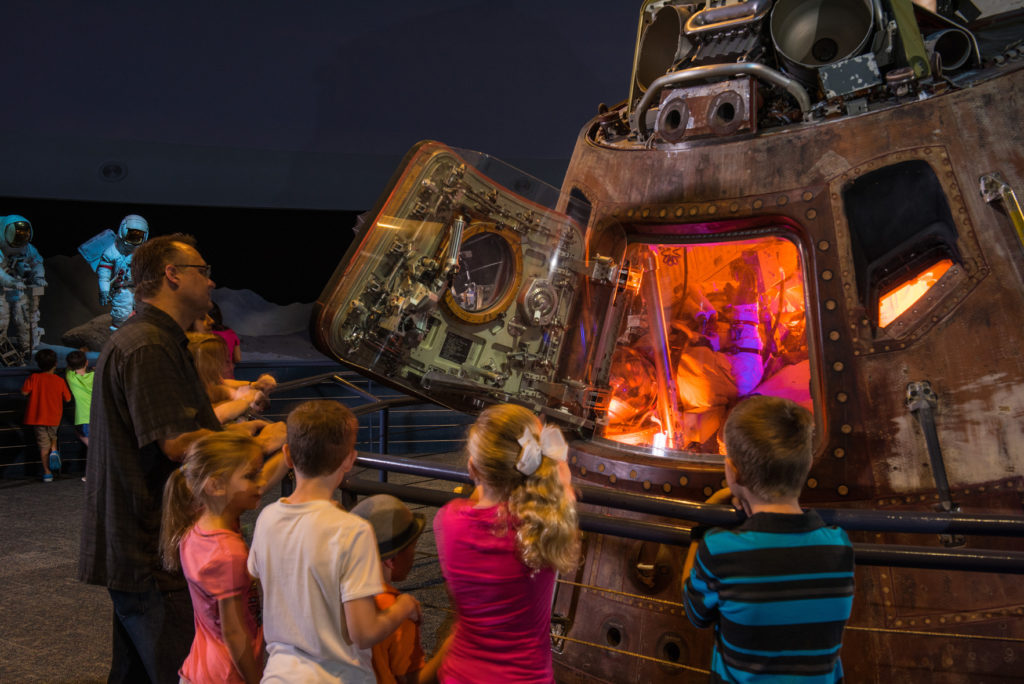
Photo courtesy of Space Center Houston
Mission Mars
NASA’s most famous voyages were its early explorations into space and the first landing on the moon. These days, space exploration is focused on Mars. The interactive exhibit Mission Mars helps bring this exploration to life.
You can touch an actual piece of the red planet, experience a virtual Mars sunset, and learn how NASA is unlocking the secrets of this mysterious neighbor planet. For example, how will astronauts cope with the intense radiation on the planet’s surface if and when they visit Mars?
How will astronauts carry everything they need with them to the red planet given how long it will take to get there? And how does the Space Launch System, the most powerful rocket NASA has ever built, help expand our understanding of Mars?
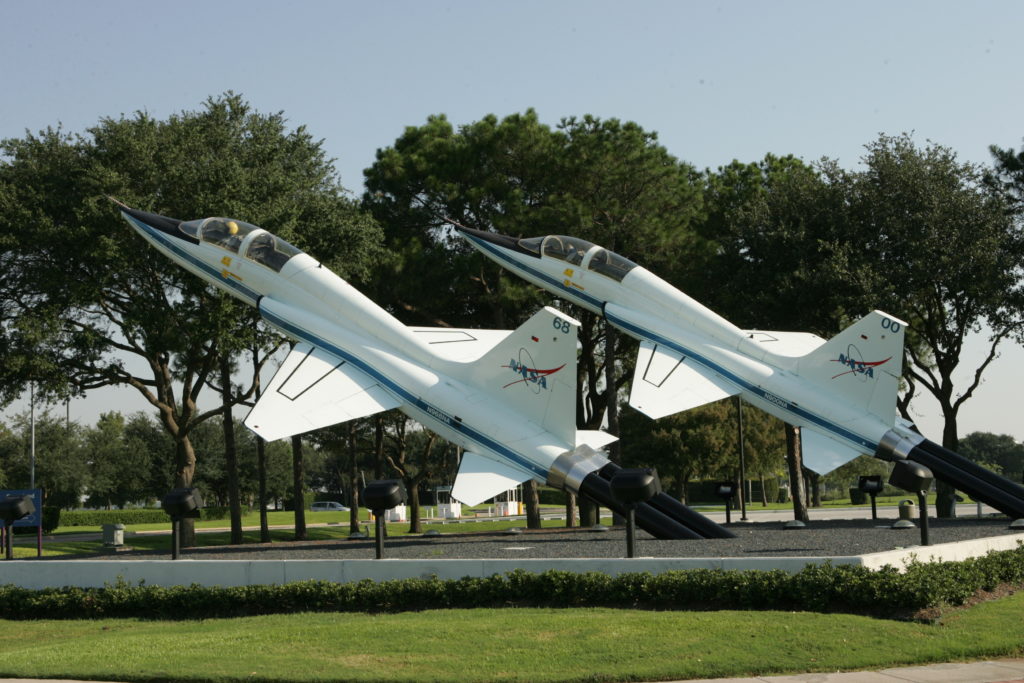
Photo courtesy of Space Center Houston.
Tram Tour
The NASA Tram Tour takes visitors outside the museum and into the working heart of the NASA Space Center. Visitors have a choice to explore different parts of the center.
On one tour, you can see the facility where astronauts are currently training for upcoming missions. Another tour takes visitors into the Christopher C. Kraft Jr. Mission Control Center, the very site where NASA scientists guided and monitored space missions from the early Gemini and Apollo missions to space shuttle launches.
During some weekends and holidays on a limited VIP tour, visitors can also tour the current Mission Control, where scientists are focusing on ongoing efforts like work on the International Space Station.
For more Texas explorations, check out the best places to hunt for dinosaur fossils.
© 2019 Texas Farm Bureau Insurance

